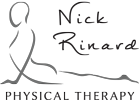McKenzie Institute International: Lost art of Bending over
https://www.facebook.com/mdtclinics/posts/10156145467807442
MoreThe “I’m too old for that” excuse is getting old!
Our world is getting older by the day. Our planet is currently inhabited by the greatest number of old people in recorded history. That’s right, “the number of people aged 65 years or over is increasing at a faster rate globally than the total population growth.” (Kaneda et al, 2011)
Our elderly population is a tribute to society’s prosperity and medical advancements. Shouldn’t we be celebrating the success of our medical breakthroughs that have allowed more and more people to surviving into their senior years? Sadly, instead of reverence for our elderly, a social phenomenon known as ageism is putting an ugly tarnish on those golden years. (Matthews, 2015)
What is ageism? Wikipedia defines ageism as: “stereotyping and discriminating against individuals or groups on the basis of their age.” The most devastating form of ageism is self-imposed. Here are some common examples of self-ageism phrases:
“When I was younger, I could have done that, but now…”
“I think I just hurt because it’s part of getting old and feeling my years.”
“I’m too old to learn something new. You just can’t teach an old dog new tricks.”
Ageism can lead people to resign to their injuries rather than seeking to heal from them. This resignation leads quickly to loss of independence, loss of mobility, social isolation, etc. The next time you hear yourself or a loved one make an ageism remark, I hope you will reply: “If you’re so old, you’re old enough to know better!”
Stop delaying recovery and healing, and get proactive. If these are your golden years, your health is precious! Protect yourself by getting the help you need in a timely manner. Nick Rinard Physical Therapy is here for you!
- Margo Burette, PT, DPT
Injury Prevention by Margo Burette
Slippery streets, short days, and increase stress can make winter a high-risk season for falls and injuries. How can you help prevent falls at home? One excellent way to avoid falls is to improve your strength and balance. Our team at Nick Rinard Physical Therapy is ready to help you!
Here are some helpful tips for falls prevention from CDC: https://www.cdc.gov/homeandrecreationalsafety/falls/adultfalls.html
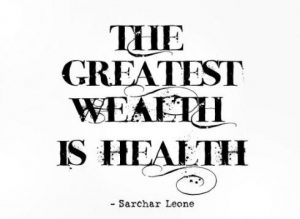
Helping With Your New Year’s Resolutions by Margo Burette
So your New Year’s Resolution is to finally get moving with an exercise program. That’s excellent! You make it to the gym and hurl yourself into a routine full of good intentions. But, your body may have other ideas.. your knees are screaming, your back is hurting, and your shoulders are nagging you. At Nick Rinard Physical Therapy, we are here to help you quiet those aching joints and become successful with your new exercise routine! Less than 52% of Americans get adequate weekly aerobic exercise (https://www.cdc.gov/nchs/fastats/exercise.htm); we are here to help you beat that statistic!
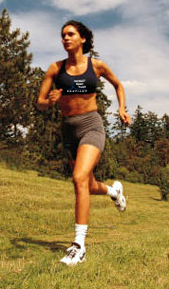
Back Pain, Free Future by Margo Burette
Did you know that 80% of American will experience low back pain in their lifetimes? Take a look at these eye-opening statistics: https://www.thegoodbody.com/back-pain-statistics/
Nick Rinard Physical Therapy uses cutting-edge, scientifically-validated mechanical diagnosis and treatment techniques to help you find the cause and cure of your back pain. Let us help you today.
.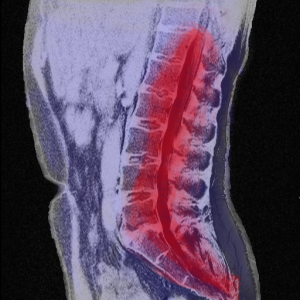
Don’t Deal Pain by Margo Burette PT
Dealing with pain on a daily basis is fatiguing and frustrating. At Nick Rinard Physical Therapy, we empower our patients with individual, customized home exercise programs to help you gain control of your symptoms. We believe in education, and prioritize teaching our patients how to become effective in their daily routines. If you are tired of being a victim to your out of control symptoms, contact us! Our team is dedicated to helping you chart a course to better health.
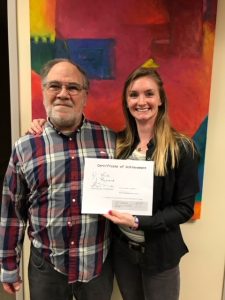
What are you doing to improve yourself in 2018?
‘Tis the season for making resolutions, focusing on self-improvement, and charting the course for the year ahead. What are you doing to improve yourself in 2018? One small step that can make a tremendous impact in many areas of your life is simply to establish good self-accountability. How credible are you? Many of us are loyal to commitments we make to our friends, family, and coworkers but we may routinely neglect to fulfill our promises to ourselves. When was the last time you put off a work out, failed to follow through with a diet goal, or simply lost momentum with a good training program?
Creating the discipline of good habits is beneficial to all of us! Whether you are looking to reboot your home exercise routine or seeking to redeem your diet after an avalanche of holiday feasts – consistency is the key. Daily diligence defines the difference between crashing through a fad and building a foundation of good habits that can improve your life. In some areas of life, this need for consistency is obvious, for example: brushing your teeth. If you wish to have fresh breath for your date on Friday night, is brushing your teeth just once on Tuesday going to cut it? Nope! Good oral hygiene requires that twice a day commitment every day of the week. Other areas of our health will benefit from applying this daily discipline as well.
So, here are 5 easy ways to help build credibility with yourself and to insure you follow through with all of those good intensions.
- Make an appointment with yourself – Schedule time on your calendar each day, even if it is just 20 minutes, to do your home exercise program. Honor this time the same way you would honor any other medical appointment.
- Reward yourself when you follow through – Improving your health is its own reward, but you may need other tangible incentives to keep you motivated on your course. Make a barter system with yourself – “For every 10 minutes I spend on this treadmill, I will get 10 minutes of guilt-free Netflix ve
- Get friends and family onboard – One of my patients found the best way to correct his posture was to recruit his children, “It’s open season, kids – anytime you can catch me slouching, call me on it and I will give you a dollar.”
- Keep it visible – Put those running shoes in a high visibility area of your home so that you have a visual reminder to gear up and get outside for a jog. Are you using a theraband for your exercise routine? Don’t hide it – hang it in plain sight so that you are prompted to put it to good use!
- Teach what you’ve learned – If you have mastered a new exercise or healthy recipe, share it! Pay it forward and reap the benefit of better understanding through teaching. You know you have truly mastered a technique when you can teach it effectively to someone else.
So let me know – what do you do to encourage yourself to follow through with your commitments to yourself? Have you tried any of these suggestions before? Do you have new ideas you’d like to share with us? Let’s support each other in making 2018 a year of abundant good health!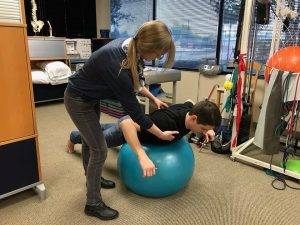
The Power of Posture by Margo Burette
What do a toy poodle and the human head have in common? They both share an average weight of 10-12 pounds. Your spine has three natural shock-absorbing curves which attenuate the stress of bearing that load above your shoulders while you move through your day. With good posture and frequent position changes, most of us can bear that weight without difficulty.
However, the moment you drop your chin to read the latest blog update on your cell phone the balance changes completely. When your head inclines forward 60 degrees the force your neck is bearing is equivalent to exchanging that toy poodle for a Labrador retriever – 60 pounds of force (Hansraj, 2014)! Consider that the average person sustains this position for 2-4 hours a day while using their smart phone and the load quickly becomes overwhelming. This chronic fatigue to the muscles and structure of the neck can lead to debilitating injury.
Your neck will thank you for contacting Nick Rinard Physical Therapy to address your posture.
Let us help you get that heavy Labrador off your shoulders!
MoreLeg Pain; It Could Be Coming From Your back!
Many times we have patients who come for physical therapy treatment describing pain in their leg, but it turns out to be coming from their spine. This is often confusing for people, especially if they have been given a provisional medical diagnosis related to the area of pain, like “piriformis syndrome”, which is pain in one of your gluteal muscles. You may wonder how we determine where the pain is coming from and what to treat. Pain is produced by sensory nerves. Sensory nerves can be triggered locally at the spinally level, or peripherally either by muscle tension or injury. During the evaluation we always perform spine ROM to determine if the source could be coming from the spine. The screen must begin from the center outward. In some cases, knee/hip/ankle pain will decrease or increase during the lumbar spine screen, and then we know it is coming from the spine. This can be hard to understand for some patients because the pain they are experiencing feels like it is coming from that very spot, whether it is a joint or muscle, that is painful. For example, I recently evaluated a patient with ankle pain. She had even fallen, which made it possible she could have some trauma to her ankle from the fall. However, during the lumbar spine screen, her ankle pain decreased while performing a back bend. She was in disbelief that her ankle pain went away. After only a few visits her ankle pain was gone and it did not return. One of her lumbar discs was pressing on a nerve root and causing her ankle pain, and the back bending pushed the disc away from the nerve and abolished the pain. The moral of the story is, we can never assume a diagnosis until a thorough examination is performed.
More